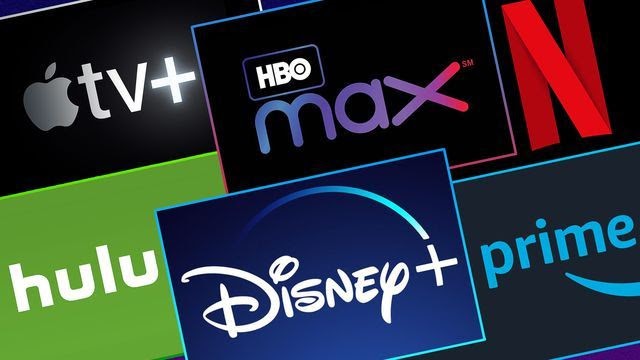Ampere: U.S. TV Households Now Average Four Streaming Services
Researcher notes how OTT explosion disrupts “TV value chain”

LONDON—2020 was a perfect storm to fuel streaming service growth, between the pandemic and its subsequent lockdowns and the launch of a number of major new streaming services. According to a new study by Ampere, that has resulted in the average U.S. household having four streaming services.
In a recent study evaluating the SVOD market in the U.S. and the “big five” Western European markets (France, Germany, Italy, Spain and the U.K.), Ampere found that there were more than 400 million subscriptions to streaming services as of Q3 2020. While U.S. households average four SVOD platforms, European households average two. However, almost 10% are signed up for five or more.
This growth in SVOD popularity leads Ampere to predict that “compounding”—the action of combining and adding to—will characterize global TV for 2021.
With all of the new streaming services available, Ampere believes that compounding (or bundling) multiple services into packages is the next step in the evolution for the streaming market. More than just having all services available through a streaming device, Ampere believes that the combining and discounting of packages of streaming services will grow in the coming year.
Already in 2020 some compounding practices were put into place, as many new streaming services went with an advertising supported (AVOD) streaming model over subscription, or for services like Peacock, offered both a free AVOD plan and a premium subscription with no ads.
Specific areas that Ampere believes compounding will impact streaming business in 2021 include the supply chain, with the concept of international distribution to prioritize own-platforms for global rollouts accelerating in 2021; an acceleration of collaborative services, giving services a competitive edge in the ever growing streaming market; and an increase in content offerings within single streaming platforms, including non-niche streaming services looking to combine entertainment, drama, reality, documentary, news, kids and sports into single services.
“AVOD, studio-direct streaming launches, the strengthening of local and broadcaster-led streaming and the turbo boost that came out of the blue in the form of COVID-19 have brought the industry to a pivot point,” said Guy Bisson, research director, Ampere. “That pivot point will lead to a shift in thinking that will change the way content creators, distributors and content aggregators, platforms and channels think about streaming in the wider TV market. In 2021, compounding is here to stay in every portion of the streaming value chain.”
The professional video industry's #1 source for news, trends and product and tech information. Sign up below.
For more information, visit www.ampereanalysis.com.
